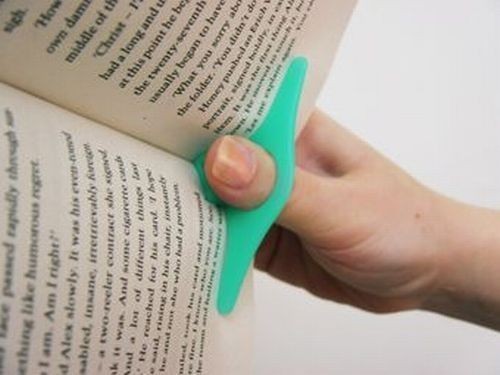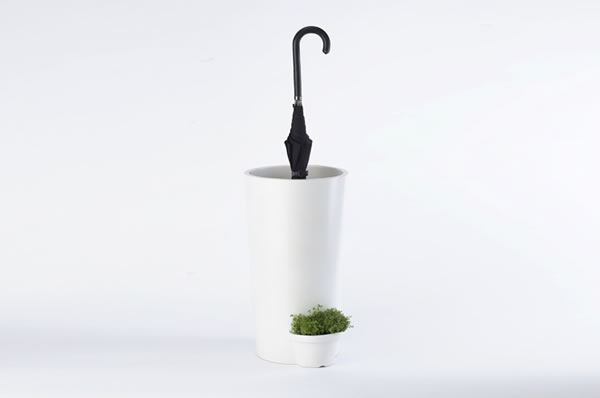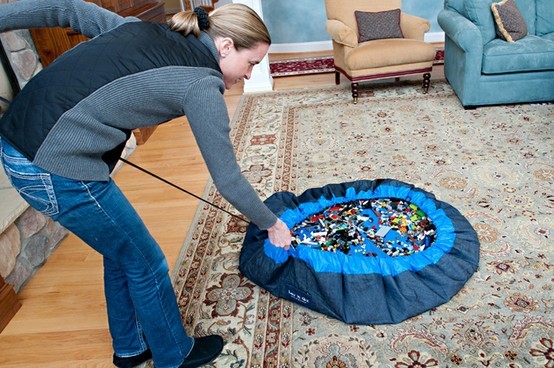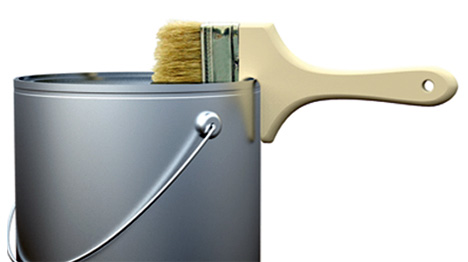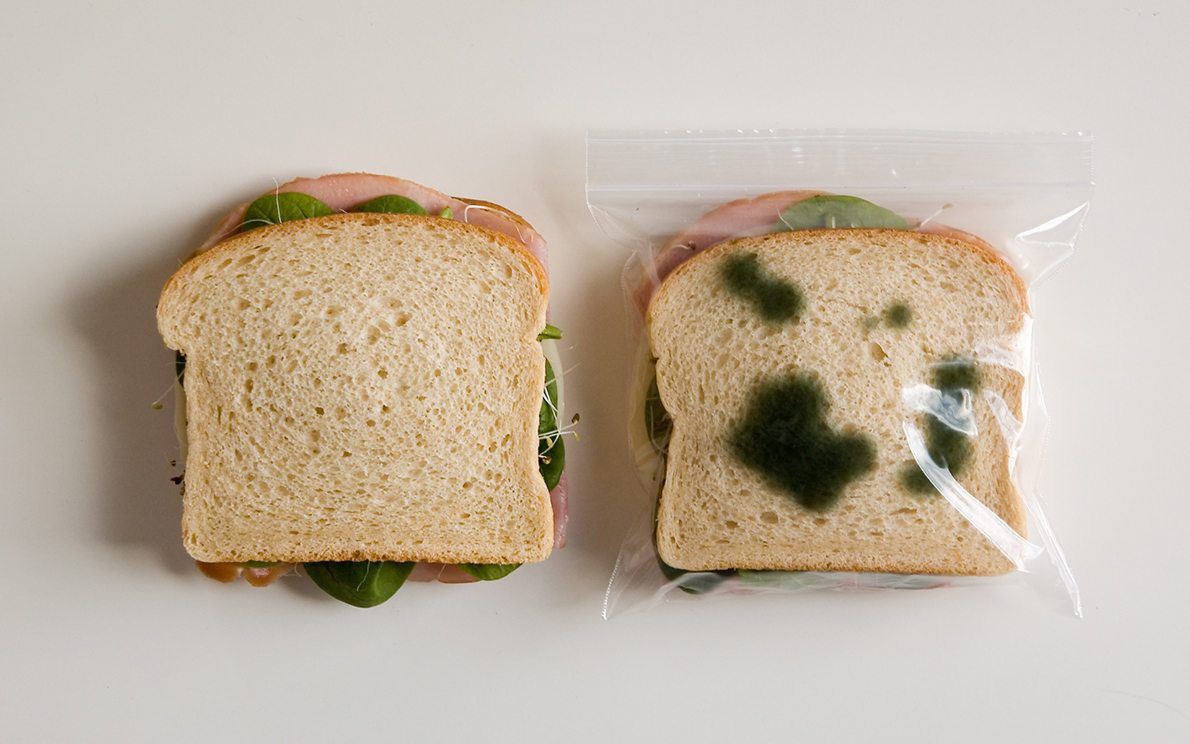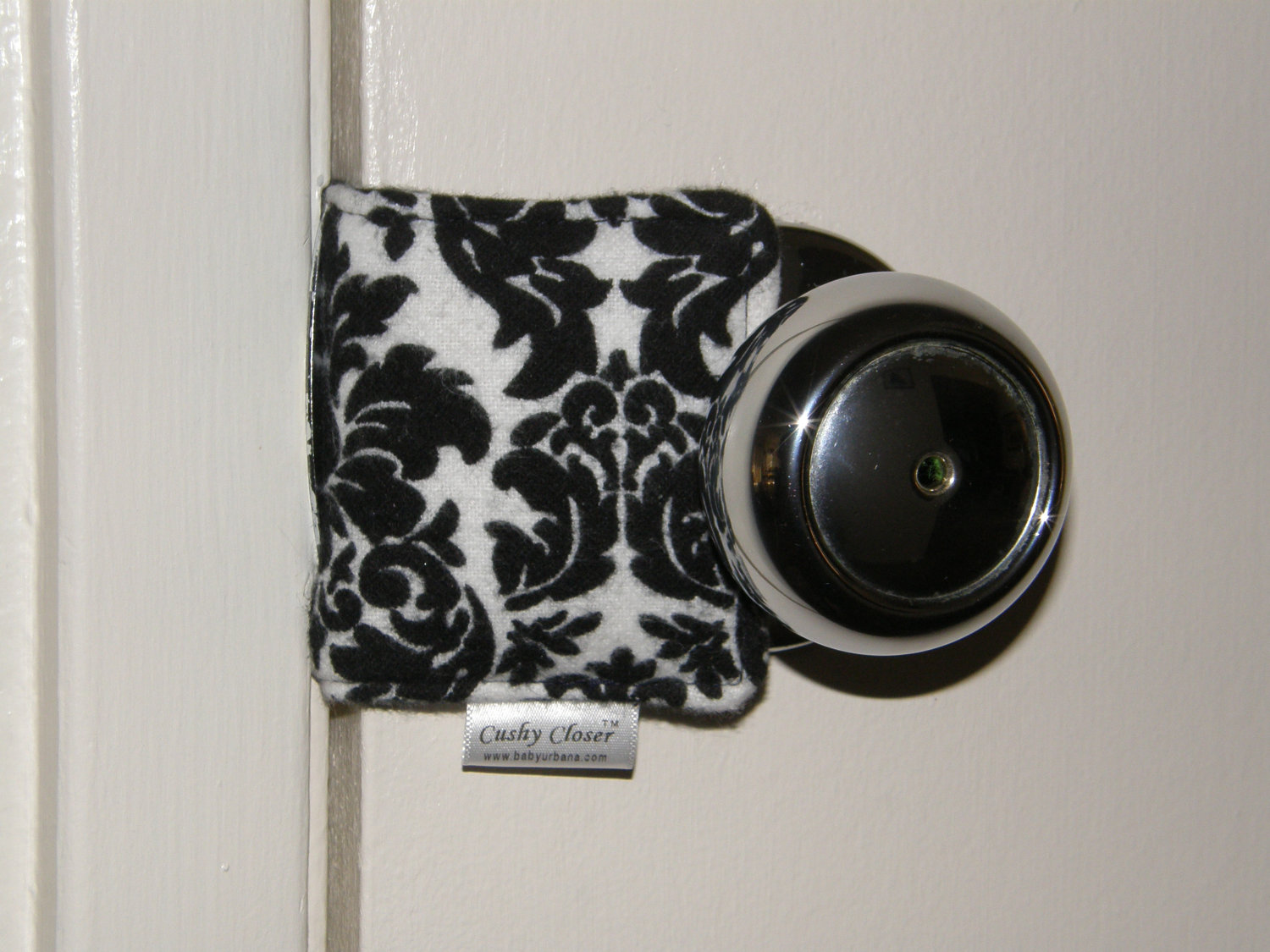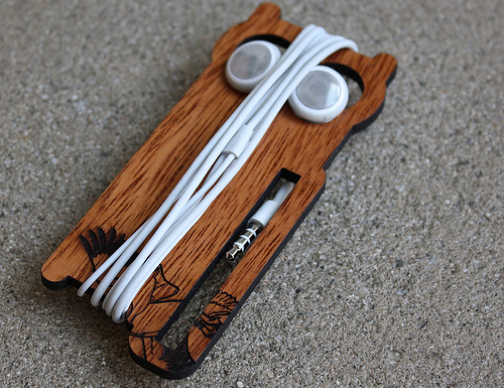How Not to Make a Catapult
/With a soaring twenty-foot throwing arm, a hulking wooden frame, and three hundred pounds of sand hanging pendulously in its belly, our catapult made for an impressive school project. Mike and I had been working for weeks, but despite the machine’s fearsome appearance there was still plenty of work to be done. The latch that released the projectile was in particular giving us no end of trouble, alternately flinging its payload into the ground at our feet or sending us scampering for cover as potatoes and cantaloupes rained down from above. We put in countless afterschool afternoons and no small amount of engineering effort, but in the end were defeated. Where had we gone wrong?
Let start by stepping back. Designers often talk about “Ah Ha” moments, where the problems that had been bedeviling them are suddenly resolved and a brilliant design makes itself known. Mine came a bit late, about twelve years late, after dozens of engineering courses, an undergraduate degree and a masters, and half of a PhD. It actually hit me last week, when I came across this picture in MAKE Magazine:
Read More


